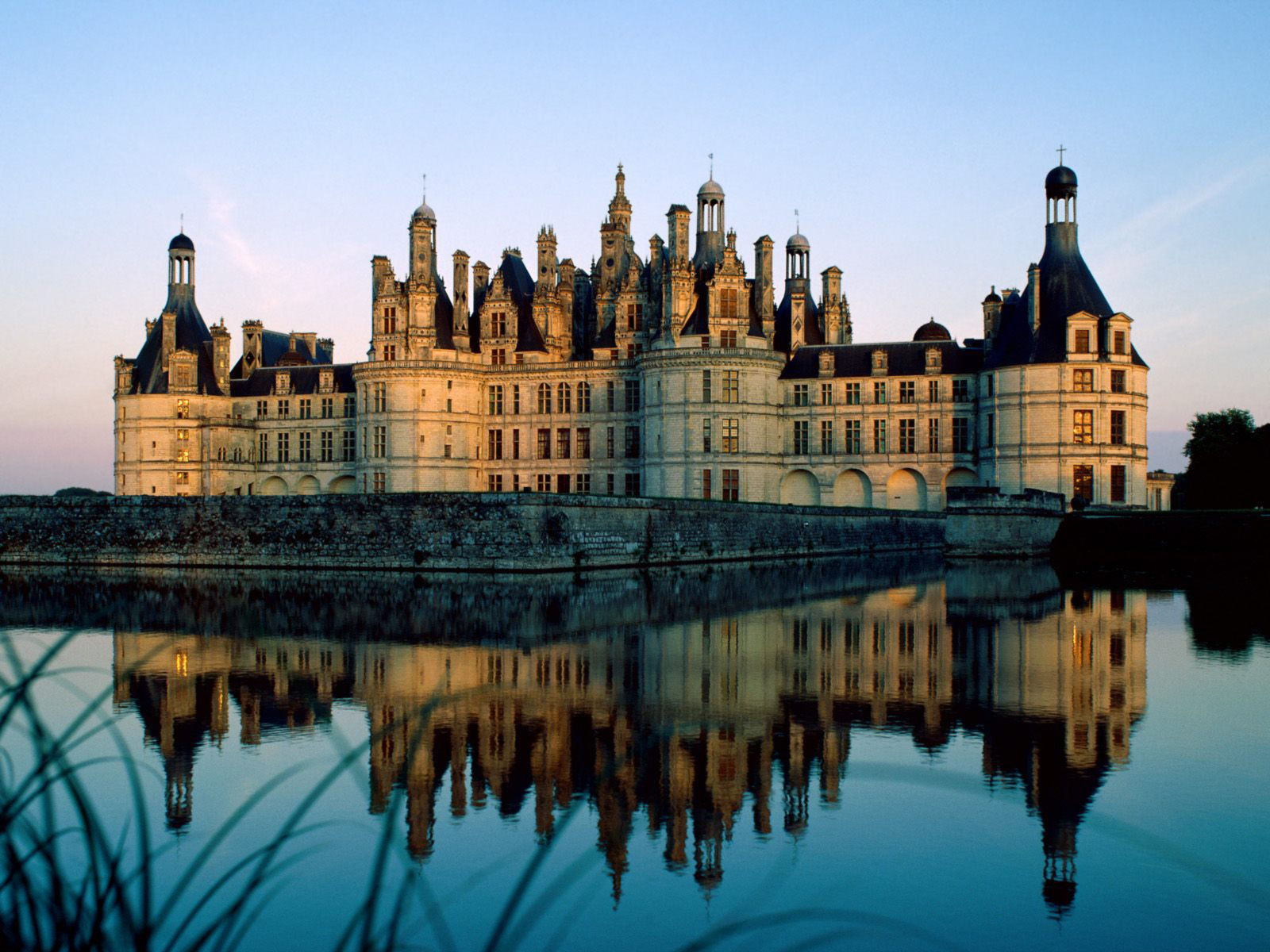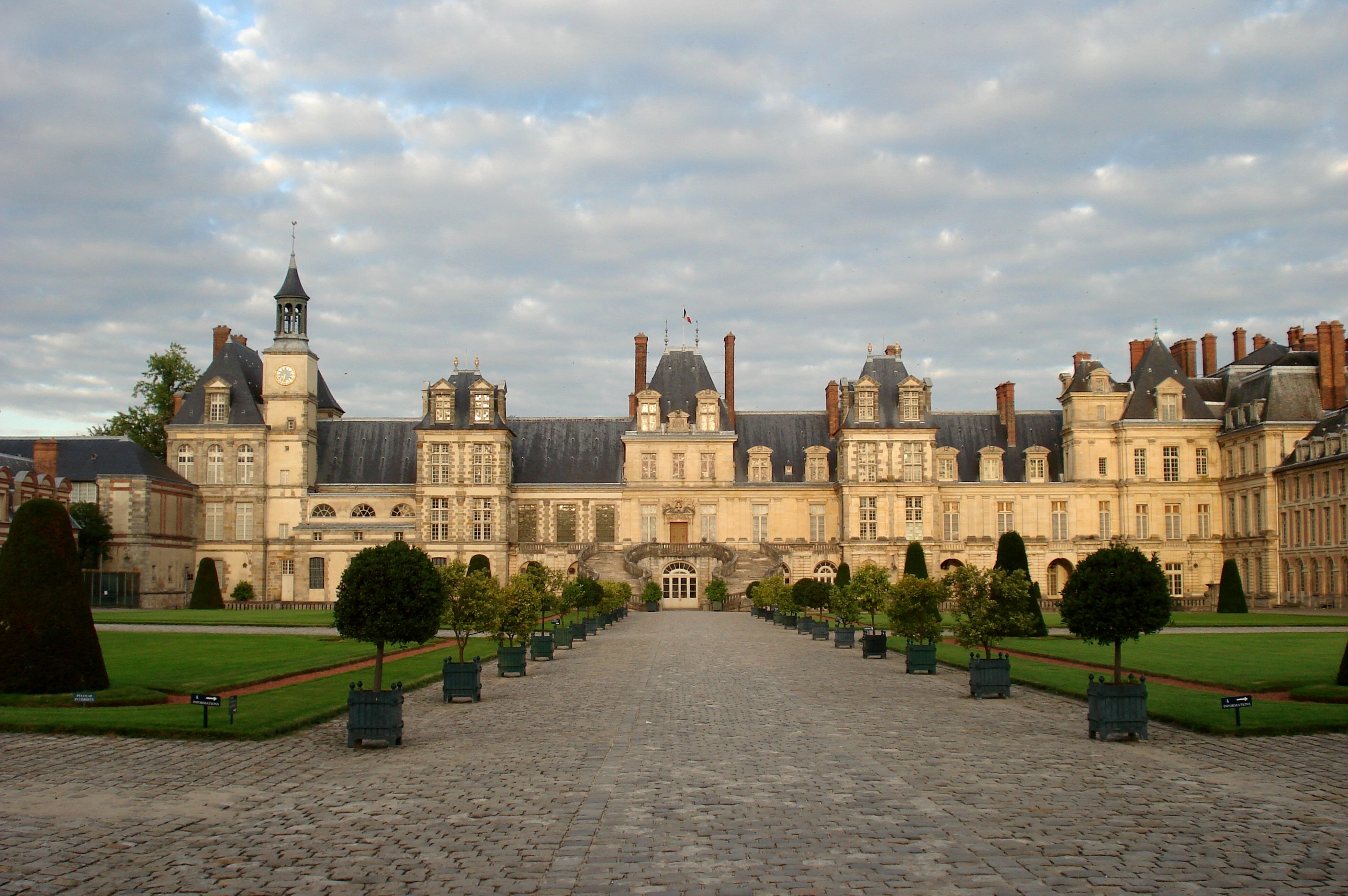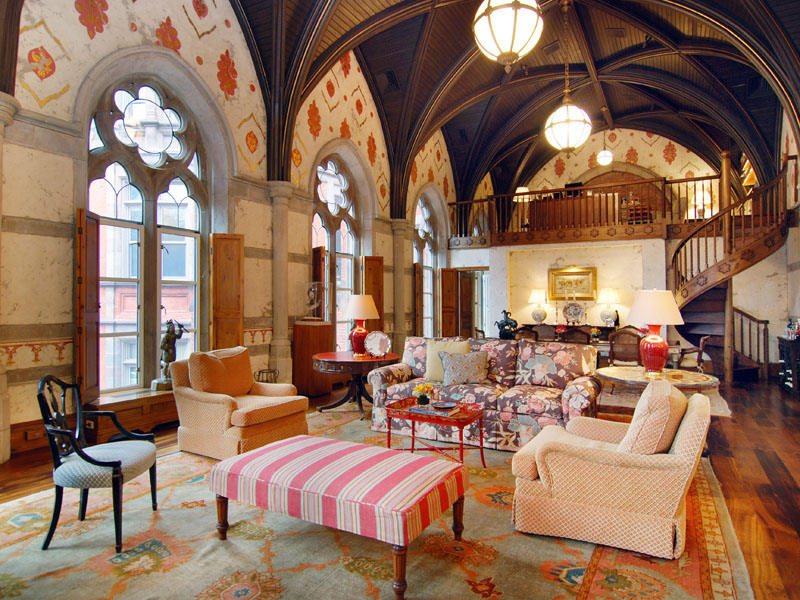Alecia: I liked how Alecia shared pictures of architecture in our nations capital because the beginning of our nations freedom was the beginning of the American design.
Samantha: I think Samantha found some really good examples of Modern Day American style. I especially liked her first example of the modern day american.
Saturday, April 25, 2015
American.
The beginning of this design period started when America overthrew their English monarch, which began their freedom. The Neoclassicism design represented the political aspirations of America.




Duncan Phyfe: Phyfe was a Scotsman who had excellent craftsmanship, who gave intricate carvings and details to his furniture- his specialty were day beds. Duncan's man characteristics were the simplified klismos looking seating, a rolled back, and cornucopia legs for his chairs.

Shaker: Shakers were a religious/political conservative community. The majority of their buildings had two of everything (i.e. stairs, sleeping quarters, dinning areas, etc.)- one for the men and one for the women. The interiors were minimally designed and there was a clear order to their organization of the rooms. An architectural attribute of the Shaker design were their rounded barns. The Shaker design was also always very well crafted.

Modern Day American:

Sunday, April 19, 2015
Peer Reviews: English Renaissance.
Alexandra: I like how Alexandra focused a lot on the architecture of the English Renaissance and shared information about the architects of this time.
Micah: I like how Micah focused more on the furniture aspect of the English Renaissance and shared pictures on the blog to go along with the descriptions.
Friday, April 17, 2015
English Renaissance
During the time of the English Renaissance the international trade business had become much more common, making it easier for people to have access to many new forms of design. Because design items were so easily accessible due to the international trade boom and it was no longer necessary to purchase multipurpose furniture due to lack of access to such items, the furniture designs because much more focused on comfort as well as elegance, rather than functionality.
Architects of the English Renaissance:
Two important architects of this time were very influenced by the work of Palladio and incorporated it into their English Renaissance architectural designs.
Ignio Jones: Brought the Italian influence into his English Renaissance ideas (Jones was able to incorporate the Italian design because of the international trade access). Ignio was inspired by the work of Palladio and was also one to introduce the rules of proportion and symmetry into his designs. Some of his buildings were the Queen's House, Wilton House, and Covent Garden.
Queen's House

Wilton House

Richard Boyle: Was also influenced by the Palladian style. He also had money and political power which aided in his architectural design influences. Some of his works included Burlington House, Westminster School, and Chiswick House.
Chiswick House

Burlington House

Modern Day English Renaissance:
Modern Palladian designs involved a lot of symmetry and balance



Architects of the English Renaissance:
Two important architects of this time were very influenced by the work of Palladio and incorporated it into their English Renaissance architectural designs.
Ignio Jones: Brought the Italian influence into his English Renaissance ideas (Jones was able to incorporate the Italian design because of the international trade access). Ignio was inspired by the work of Palladio and was also one to introduce the rules of proportion and symmetry into his designs. Some of his buildings were the Queen's House, Wilton House, and Covent Garden.
Queen's House

Wilton House

Richard Boyle: Was also influenced by the Palladian style. He also had money and political power which aided in his architectural design influences. Some of his works included Burlington House, Westminster School, and Chiswick House.
Chiswick House

Burlington House

Modern Day English Renaissance:
Modern Palladian designs involved a lot of symmetry and balance



Saturday, April 11, 2015
French Renaissance.
Unlike the majority of design movements prior to this time period where religion was most influential, the rulers tastes were the most influential of the French Renaissance. Because so much of the designs prior to the French Renaissance were religiously influenced and therefore, many religious structures were built, there was no need for new religious buildings to be built, instead palaces and chateaux were the main architectural focus.
Chateau Chambord:
Royal hunting lodge in the Loire Valley that contained 444 rooms, 84 staircases, 365 chimneys, and surrounded by a 22 mile long wall. This was the meeting place of Francois I and Leonardo da Vinci. It was a medieval structure decorated in the renaissance style (Often the exteriors of this design period would not match the interiors).

Chateau de Fontaineblaeu:
Consisted of large structures, formal gardens, lakes, fountains, and elaborate interiors and is located 55 kilometers from Paris. A lot of Italian influences helped create the interiors; these included lots of stucco ornaments, carved wall paneling, and coffered ceilings in geometric patterns.

Modern Day Examples of French Renaissance:



Chateau Chambord:
Royal hunting lodge in the Loire Valley that contained 444 rooms, 84 staircases, 365 chimneys, and surrounded by a 22 mile long wall. This was the meeting place of Francois I and Leonardo da Vinci. It was a medieval structure decorated in the renaissance style (Often the exteriors of this design period would not match the interiors).

Chateau de Fontaineblaeu:
Consisted of large structures, formal gardens, lakes, fountains, and elaborate interiors and is located 55 kilometers from Paris. A lot of Italian influences helped create the interiors; these included lots of stucco ornaments, carved wall paneling, and coffered ceilings in geometric patterns.

Modern Day Examples of French Renaissance:



Subscribe to:
Comments (Atom)